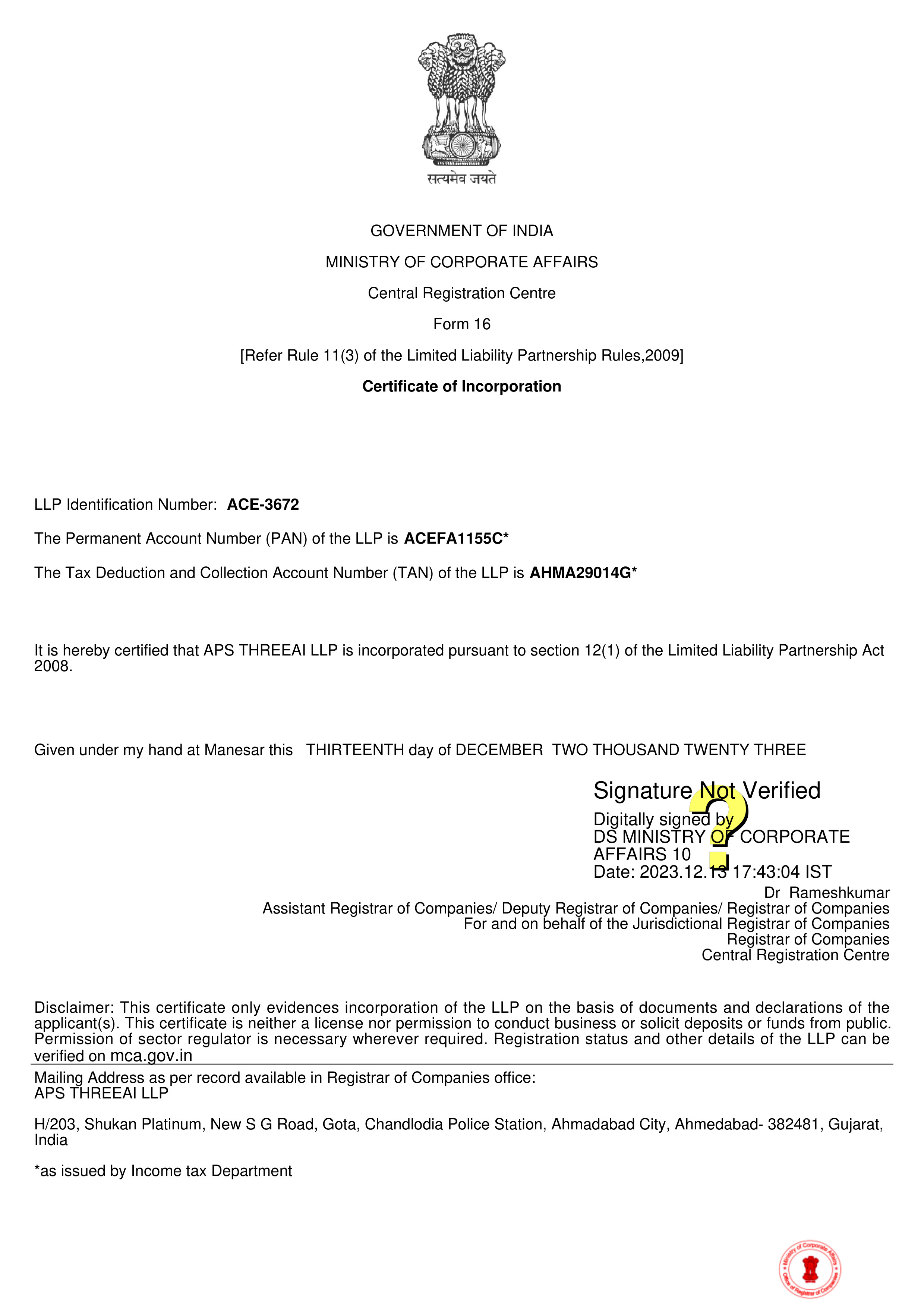A groundbreaking idea known as the Internet of Things (IoT) allows common objects and equipment to be connected to the internet and exchange data. This system of networked gadgets will have a tremendous impact on software applications, revolutionizing many different businesses as well as how people interact with technology. We will examine the effects of IoT on software applications in this blog article, focusing on tracking, travel, and transportation. We will also go through several connecting possibilities for integrating hardware with IoT networks.
Blog Details

Internet of Things (IoT) Effects on Software Applications
Introduction
IoT in Travel and Transportation
The IoT has significantly improved operational effectiveness, safety, and passenger experience in the travel and transportation sector. Real-time data can be gathered and used in a variety of ways by integrating sensors and connectivity into transportation systems like those used by cars, airplanes, and public transportation. For instance, airlines may monitor aircraft performance, fuel usage, and maintenance requirements using IoT-enabled sensors. IoT data can be used by transportation businesses to optimize routes, track goods, and give precise arrival time estimations. Furthermore, IoT-powered programs can increase traveler comfort and convenience by providing tailored trip insights and intelligent luggage monitoring.
IoT in Tracking
IoT tracking is one of the most important uses for various assets and items. IoT-enabled tracking systems make use of connected devices to keep track of an item's location, state, and movement in real time. Inventory control, logistics, and supply chain management have all been revolutionized by this capability. Businesses may efficiently track and manage their inventory, lower theft and loss, and streamline the entire supply chain process by integrating IoT devices and software applications. IoT-enabled tracking solutions have considerably increased operational effectiveness and customer happiness, from tracking shipments during delivery to keeping an eye on the temperature and condition of perishable commodities.
Use cases of IOT in business
Using IoT for Security and Tracking in the Diamond Industry. The diamond sector handles pricey assets that need the highest level of security and tracking. By integrating connected devices into the diamond supply chain, IoT can improve security. For instance, it is now possible to follow the movement, location, and condition of individual diamonds in real time by embedding IoT-enabled sensors or RFID tags on diamond shipments, containers, or even individual stones. This makes it possible to take better security precautions, lowers the chance of theft or loss, and promotes responsibility and openness throughout the whole supply chain. Using IoT in E-commerce and Transportation to Make Accurate Delivery Predictions. For consumer happiness and operational effectiveness in the transportation and e-commerce industries, time data on the location, state, and status of items throughout transit can be significantly aided by IoT. Businesses can gather information on variables like GPS location, temperature, humidity, and handling by outfitting delivery vehicles or goods with IoT devices. Combining this data with cutting-edge analytics and machine learning algorithms can help commerce companies give clients precise delivery estimates, cut down on delays, and guarantee prompt delivery of items. IoT for proactive actions and communication. In several businesses, IoT may enhance communication and enable proactive responses. IoT devices can be deployed in vehicles to monitor metrics like fuel consumption, engine performance, and maintenance needs, for instance in transportation logistics. Utilizing IoT platforms and NLP techniques, this data may be analyzed to reveal insights into possible problems or maintenance requirements, enabling proactive maintenance planning, fuel optimization, and effective fleet management. Transportation firms may decrease downtime, increase efficiency, and boost overall operational performance by utilizing IoT-enabled communication and pre-action capabilities.
Connecting Devices to IoT
Devices must be connected to the internet in order to take use of IoT's advantages. This connection can be established using a number of methods: Wi-Fi: Within the area of a Wi-Fi network, Wi-Fi is a widely used wireless technology that enables devices to connect to the internet. It works well with stationary devices and those that are close to a Wi-Fi router. Cellular Networks: Cellular networks like 3G, 4G, or 5G can be used by devices to connect to the internet. With this choice, devices can stay connected while in motion and receive extensive coverage. Bluetooth: Devices may communicate wirelessly over short distances thanks to this technology. Bluetooth can be used to link devices to a smartphone or gateway with internet access even though it may not directly provide internet connectivity. Low-power, long-distance communication is the focus of LPWAN (Low-Power Wide Area Network) IoT. They are appropriate for use in isolated locations and with gadgets that need a lot of battery life. Ethernet: For devices that have a fixed location and are close to a network infrastructure, Ethernet offers a wired connection option.
Conclusion
In particular, the areas of travel, transportation, and tracking have seen significant advancements because of the Internet of Things. Businesses may improve operations, customer experiences, and decision-making by integrating devices and utilizing IoT data. The way we interact with technology is changing as a result of IoT-enabled applications, which track inventory, offer personalized recommendations, and more. There are a number of connectivity technologies available, including Wi-Fi, cellular networks, Bluetooth, LPWAN, and Ethernet, to link devices to the IoT. The connectivity option is determined by things like device mobility, power needs, range, and network accessibility. Software applications will connect more and more as IoT develops and grows, making the world around us smarter and more effective, embracing IoT's promise.
Our Blog


